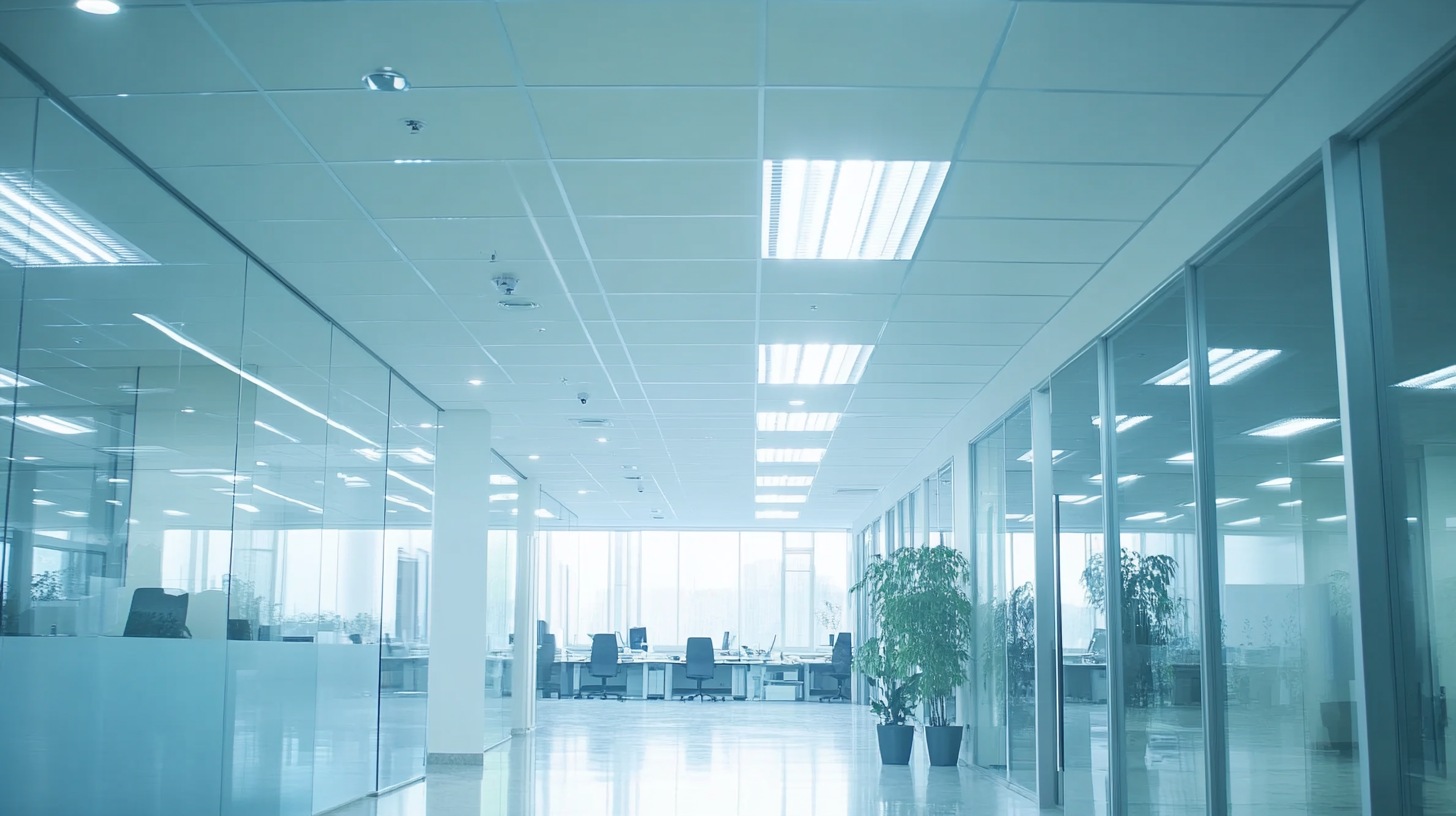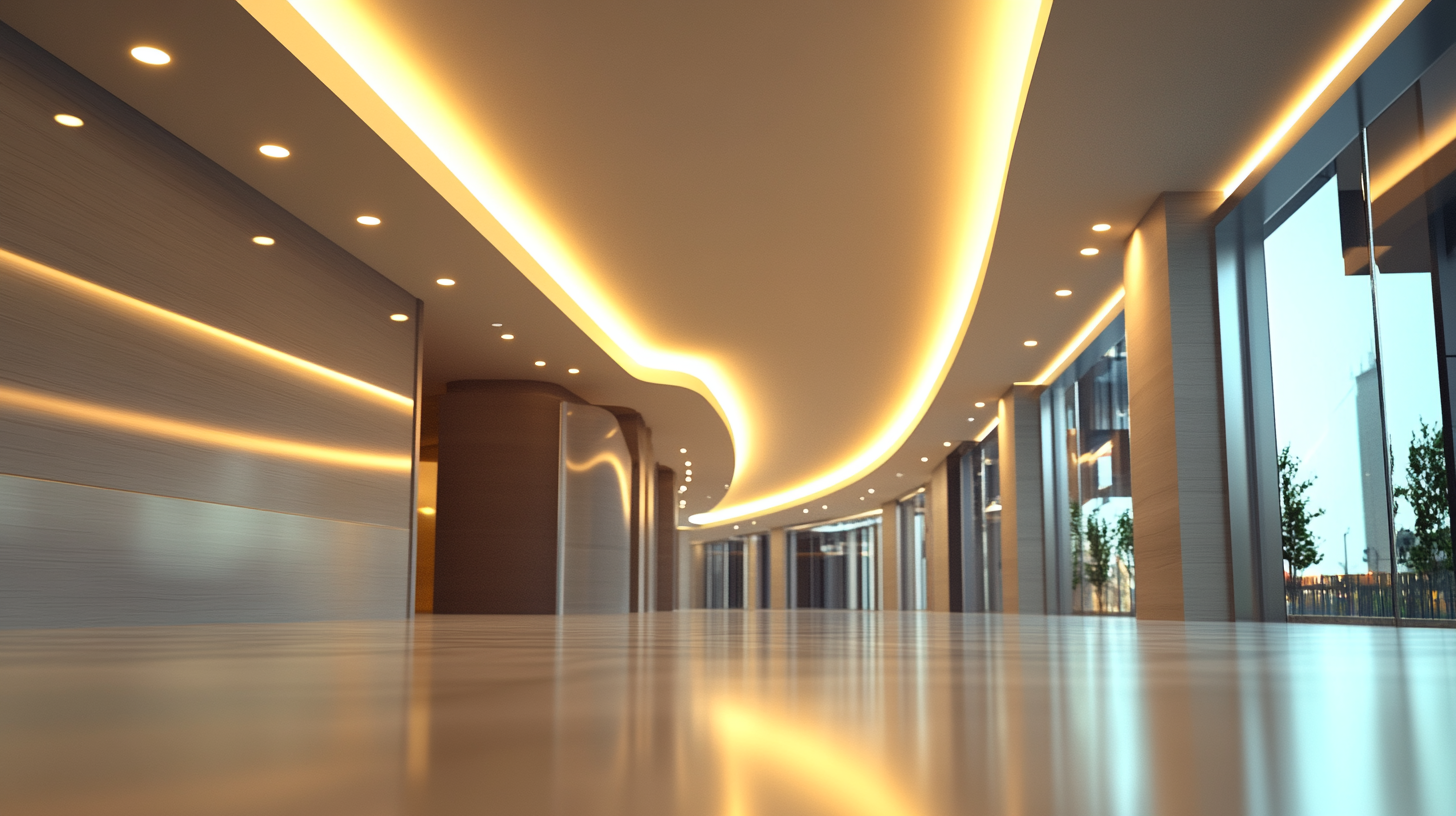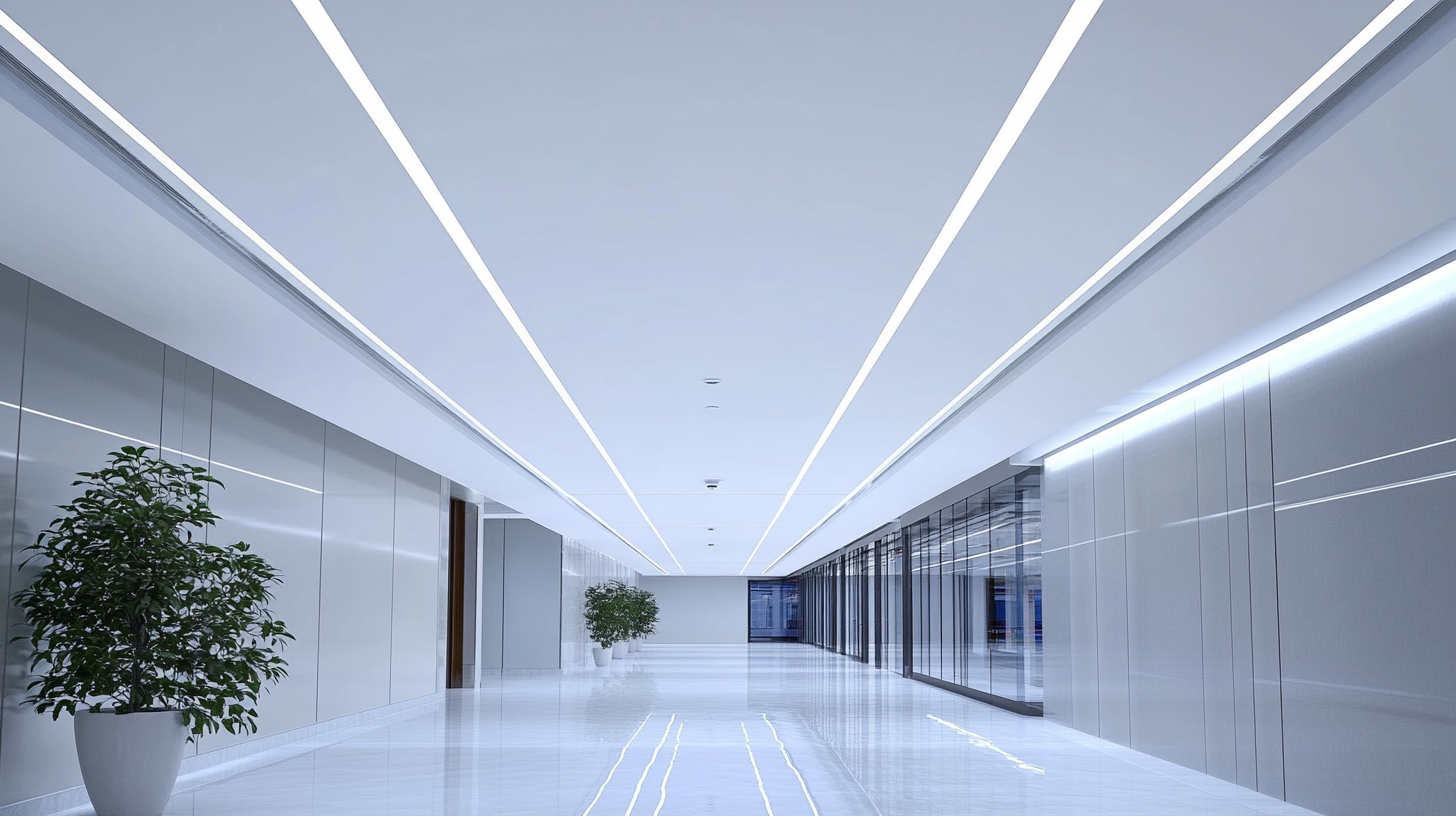Maximizing After Sales Support and Reducing Maintenance Expenses for Led Fixture Lights
In recent years, the LED fixture light market has witnessed an unprecedented surge, driven primarily by a growing awareness of energy efficiency and sustainability. According to a report by the International Energy Agency, LED lighting is expected to account for 69% of the global lighting market by 2025. This shift towards LED technology is not only aimed at enhancing illumination but also at reducing operational costs. The total cost of ownership for LED fixtures, including energy savings and lower maintenance requirements, positions them as a strategic investment for businesses looking to optimize their operational budgets.
However, the initial focus on purchasing and installation often overshadows the importance of effective after-sales support and maintenance strategies. Industry data indicates that maintenance can account for up to 30% of the total lifetime cost of lighting systems, making it crucial for organizations to develop comprehensive support solutions. By prioritizing after-sales services and implementing streamlined maintenance processes, stakeholders can maximize the longevity and performance of LED fixture lights while minimizing associated expenses. This blog will explore best practices to achieve this balance, ensuring that businesses can leverage the full potential of their lighting investments.

The Importance of After Sales Support in LED Fixture Lighting
In the rapidly evolving realm of LED fixture lighting, after sales support has emerged as a critical component that can significantly enhance customer satisfaction and loyalty. According to a report by Research and Markets, the global LED lighting market is projected to reach $180 billion by 2026, indicating a robust demand for high-quality products and services. Effective after sales support is vital in ensuring customers feel valued and understood, which can lead to repeat business and referrals in an increasingly competitive market. The importance of after sales support extends beyond mere customer service; it plays a pivotal role in minimizing maintenance expenses. A study by the McKinsey Global Institute highlights that companies investing in strong post-sale support can reduce their total operational costs by up to 25%. By proactively addressing potential issues through regular maintenance checks and timely interventions, manufacturers can prevent malfunctioning, which is particularly crucial for LED fixtures that often have a longer lifespan but may require specific care to maintain efficiency. Moreover, providing comprehensive after sales support involves educating customers about the optimal use and care of their LED lights. A survey conducted by the Lighting Research Center found that users who received proper guidance on maintenance practices reported a reduction in repair costs by as much as 30%. By fostering a knowledgeable customer base, companies not only extend the lifespan of their products but also build strong relationships that enhance brand loyalty and market presence.

Strategies for Efficient Maintenance of LED Fixtures
Efficient maintenance strategies for LED fixture lights not only enhance product lifespan but also significantly reduce operational expenses. One vital approach is implementing a proactive maintenance schedule. By regularly inspecting and cleaning LED fixtures, facilities can prevent dirt and debris from accumulating, which can diminish light output and efficiency over time. Moreover, scheduling routine checks allows for timely identification of potential issues, ensuring that minor repairs are addressed before they escalate into costly problems.
Another crucial strategy involves leveraging smart technology for real-time monitoring of LED fixtures. Utilizing IoT (Internet of Things) devices enables facility managers to track performance metrics and detect anomalies immediately. This data-driven approach not only provides insights into fixture health but also helps optimize energy consumption. With the ability to monitor usage patterns, adjustments can be made to maximize efficiency and minimize unnecessary wear and tear on the fixtures.
Training maintenance staff on best practices is equally essential. Familiarizing them with the specific maintenance needs of LED fixtures can lead to more effective and efficient upkeep. Workshops and training sessions can cover topics such as proper cleaning techniques and understanding the influence of environmental factors on fixture performance. This investment in human resources ultimately leads to more skilled personnel who can ensure that LED lighting systems operate at peak efficiency, thereby extending their lifespan and lowering long-term maintenance costs.

Cost-Effective Solutions to Minimize Maintenance Expenses
In the lighting industry, the importance of effective after-sales support and maintenance cannot be overstated. According to a report by the National Electrical Manufacturers Association (NEMA), maintenance costs for commercial lighting systems can account for up to 20% of the total operating budget. This statistic highlights the necessity for businesses to adopt cost-effective solutions that minimize these ongoing expenses, especially for LED fixture lights which are increasingly popular due to their energy efficiency and longevity.
One approach to achieving lower maintenance expenses is the implementation of predictive maintenance technologies. A study from the Lighting Research Center (LRC) indicates that integrating IoT-enabled systems can reduce maintenance costs by up to 30%. By leveraging data analytics and real-time monitoring, companies can anticipate failures before they occur, allowing for timely interventions that avert costly repairs and extend the life cycle of LED fixtures.
Another effective strategy is investing in quality fixtures with longer warranties. Research shows that higher upfront costs for premium LED products can lead to significant savings over time, with lifecycle analysis revealing that quality fixtures can reduce replacement frequency by as much as 50%. This not only curtails maintenance expenses but also aligns with sustainability goals by reducing waste and the environmental impact of frequent replacements.
Furthermore, providing adequate training to maintenance staff can dramatically improve efficiency. According to a report by the International Facility Management Association (IFMA), well-trained personnel can reduce maintenance response times by up to 40%, translating to lower operational disruptions and continued customer satisfaction. By prioritizing training and development alongside investment in durable, high-quality products, businesses can create a resilient after-sales support system that drives down overall maintenance costs.

Leveraging Technology for Enhanced Support Services
In today's competitive market, leveraging technology to enhance after-sales support for LED fixture lights is crucial for businesses aiming to maximize customer satisfaction while minimizing maintenance expenses. By utilizing advanced analytics and IoT (Internet of Things) capabilities, companies can monitor the performance of their lighting solutions in real-time. This proactive approach enables professionals to identify potential issues before they escalate, ensuring timely interventions that can significantly reduce downtime and maintenance costs.
Moreover, technology facilitates improved communication channels between manufacturers and customers. Integrating customer relationship management (CRM) systems with support platforms allows businesses to track customer inquiries and feedback efficiently. Enhanced data collection and analysis not only help in resolving issues more rapidly but also provide insights into user behavior and preferences. This information can drive continuous improvements in product design and after-sales services, fostering stronger relationships and trust with clients.
Additionally, the adoption of AR (augmented reality) tools for troubleshooting can revolutionize the way support is delivered. Customers can receive visual guides and step-by-step instructions directly on their devices, enabling them to resolve minor issues independently. This not only empowers users but also alleviates the pressure on support teams, allowing them to focus on more complex problems. Ultimately, by embracing these technological advancements, businesses can elevate their after-sales support efficiency and contribute to significant savings in maintenance expenses.
Building Long-Term Customer Relationships Through Effective Support
Building long-term customer relationships is essential in today's fast-paced market, and effective support plays a pivotal role in nurturing these connections. For companies dealing with LED fixture lights, after-sales support is not merely a follow-up but an opportunity to deepen engagement with customers. By understanding client needs and promptly addressing any concerns, businesses can create a sense of trust and loyalty. This approach not only enhances customer satisfaction but also reduces the likelihood of maintenance issues, leading to lower overall expenses.
Incorporating advanced technologies, such as AI, can further strengthen these relationships by helping businesses anticipate customer needs and preferences. AI-powered analytics can offer valuable insights into usage patterns, allowing companies to provide tailored advice and proactive maintenance suggestions. This customization fosters a deeper connection, as customers feel their specific concerns are being acknowledged and addressed effectively.
Additionally, consistent and transparent communication is key to maintaining strong relationships. Keeping customers informed about product updates, maintenance tips, and support options ensures they feel valued beyond the initial purchase. This ongoing dialogue not only bolsters customer retention but also encourages positive word-of-mouth, which is invaluable for growth in a competitive landscape. By focusing on after-sales support and embracing innovative solutions, companies can transform their customer relationships into lasting partnerships.

